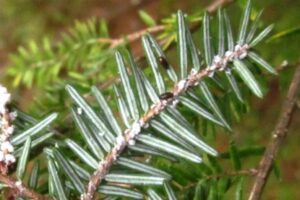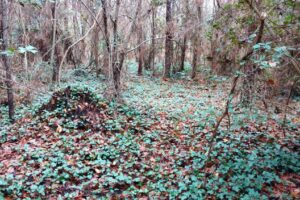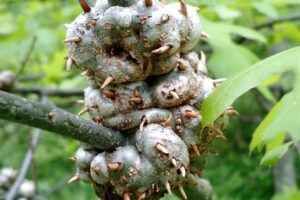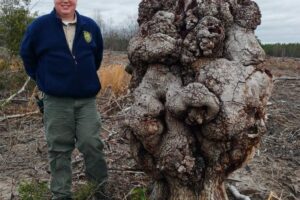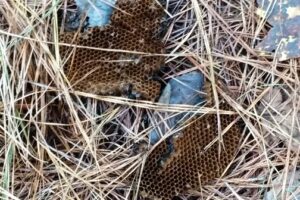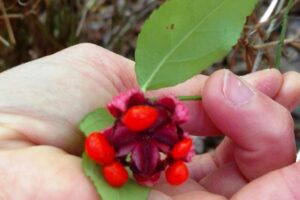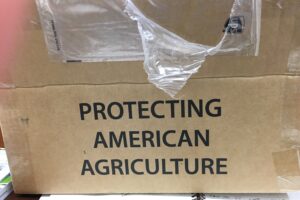Field Notes: What’s in the Woods Today? June 25, 2018
June 26, 2018 - Bird’s Eye View by Area Forester Lisa Deaton Once a year, area foresters have the opportunity to fly over VDOF work areas to check for forest health issues and evaluate herbicide work from the previous summer. We meet planes and pilots from the Virginia Department of Aviation at local airports, provide them with a flying route and then take off down the runway. The hour-long flight covers several counties, so... Read More


